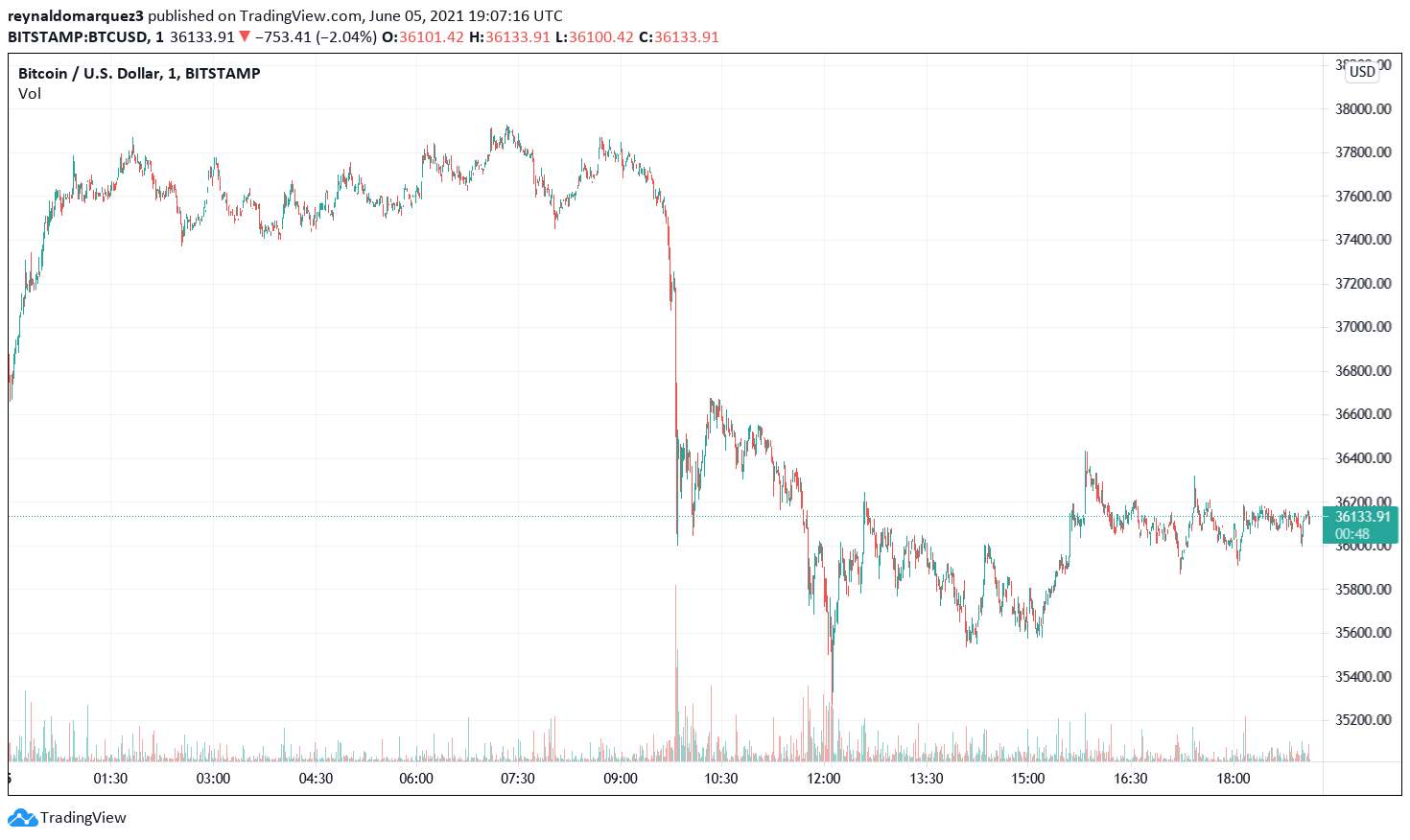Blockchain technology has gained significant attention in recent years, revolutionizing various industries by offering decentralized and secure solutions. One area where blockchain holds immense potential is in the field of medical credentialing. The traditional system of verifying and managing medical credentials is often complex, time-consuming, and susceptible to errors and fraud. In this article, we will explore how blockchain can address these challenges and transform the medical credentialing process.
Introduction
Blockchain is a distributed ledger technology that allows for the secure and transparent recording of transactions across multiple computers or nodes. It operates on a decentralized network, eliminating the need for intermediaries and providing increased trust and transparency. Each transaction, or block, is linked to the previous one using cryptographic algorithms, forming an immutable chain of records.
The Need for Secure Medical Credentialing
Medical credentialing is the process of verifying and evaluating healthcare professionals’ qualifications, certifications, and licenses. It is crucial for maintaining the integrity of the healthcare system and ensuring that patients receive high-quality care from competent professionals. However, the current credentialing system is often fragmented, with numerous organizations involved in the verification process. This fragmentation leads to inefficiencies, delays, and potential vulnerabilities.
Challenges in the Current Medical Credentialing System
The traditional medical credentialing system faces several challenges that hinder its effectiveness. Firstly, the reliance on paper-based documents and centralized databases makes it susceptible to data breaches and tampering. Secondly, the verification process can be slow and cumbersome, requiring manual coordination among multiple organizations. Finally, there is a lack of standardization and interoperability among different credentialing entities, making it difficult to share and transfer credentials seamlessly.
- Fragmented process: The current medical credentialing system involves multiple organizations and entities, leading to a fragmented process. This fragmentation results in inefficiencies, delays, and a lack of standardization.
- Paper-based documentation: Many credentialing processes still rely on paper-based documentation, which is prone to errors, loss, and tampering. The manual handling of documents also slows down the verification process.
- Lack of transparency: The lack of transparency in the current system makes it difficult for healthcare professionals and employers to access and verify credentials. This lack of transparency can lead to delays in hiring processes and increased administrative burden.
- Time-consuming verification: Verifying medical credentials involves coordination among different organizations, which can be a time-consuming process. The manual verification of documents and communication between entities adds to the overall duration.
- Limited interoperability: The lack of interoperability among different credentialing systems makes it challenging to share and transfer credentials seamlessly. This hampers the mobility of healthcare professionals and adds complexity to the overall process.
- Security risks: Traditional credentialing systems are susceptible to security risks, including data breaches and unauthorized access. The reliance on centralized databases and paper-based documents increases the vulnerability of sensitive information.
- Inconsistent standards: Different credentialing organizations may have varying standards and requirements, leading to confusion and inconsistencies in the credentialing process. This lack of uniformity makes it challenging for healthcare professionals to navigate through multiple systems.
- Manual data entry: The need for manual data entry increases the likelihood of errors and delays in the credentialing process. The manual transfer of information from one system to another can result in data entry mistakes and discrepancies.
- Lack of real-time updates: The current system often lacks real-time updates on medical credentials. This can lead to outdated or inaccurate information being used in the verification process, posing potential risks to patient safety.
These challenges highlight the need for a more streamlined, secure, and efficient medical credentialing system that can address these issues and ensure the integrity and accuracy of healthcare professionals’ qualifications and licenses.

How Blockchain can Revolutionize Medical Credentialing
Transparency and Immutability of Records
Blockchain technology offers transparency and immutability, making it ideal for securely storing and sharing medical credentials. By recording credentials on a blockchain, healthcare professionals can have a verifiable and tamper-proof record of their qualifications. This transparency increases trust among credentialing organizations, employers, and patients, ensuring that only legitimate professionals are authorized to practice.
Enhanced Security and Privacy
The decentralized nature of blockchain technology enhances security and privacy in medical credentialing. The use of cryptographic algorithms ensures that sensitive information remains encrypted and accessible only to authorized parties. Additionally, blockchain’s distributed ledger eliminates the reliance on a single point of failure, making it highly resilient to cyberattacks and data breaches.
Streamlined Verification Process
Blockchain simplifies the verification process by providing a single source of truth for medical credentials. Instead of relying on multiple organizations to manually verify documents, blockchain-based systems can automate the verification process using smart contracts. Smart contracts are self-executing agreements that automatically validate credentials against predefined rules, eliminating the need for intermediaries and reducing verification time.
Blockchain-based Solutions for Medical Credentialing
Decentralized Identity Management Systems
Blockchain-based decentralized identity management systems enable healthcare professionals to have control over their own credentials. These systems utilize cryptographic techniques to create unique digital identities that are stored on the blockchain. Healthcare professionals can securely manage and share their credentials with authorized entities, streamlining the credentialing process.
Smart Contracts for Verification and Validation
Smart contracts play a crucial role in blockchain-based medical credentialing systems. They automatically execute predefined rules and conditions to verify the authenticity of credentials. Smart contracts enable real-time verification, ensuring that healthcare professionals’ credentials are up to date and valid. This automation saves time and reduces errors, ultimately enhancing the efficiency of the credentialing process.
Benefits of Using Blockchain in Medical Credentialing
Reduced Fraud and Errors
Blockchain’s immutable nature reduces the risk of fraud and errors in medical credentialing. By eliminating the ability to alter or manipulate records, blockchain ensures the integrity of credentials. This increased trust leads to a more reliable healthcare system, protecting patients from potential harm caused by unqualified or fraudulent healthcare professionals.
Improved Efficiency and Cost-Effectiveness
Blockchain streamlines the credentialing process, reducing administrative burdens and improving efficiency. The automation of verification and validation tasks saves time and resources, enabling healthcare organizations to allocate their resources more effectively. Additionally, blockchain eliminates the need for intermediaries, reducing associated costs and improving the cost-effectiveness of the credentialing process.
Empowering Healthcare Professionals
Blockchain-based medical credentialing gives healthcare professionals more control and ownership over their credentials. With secure and easily shareable digital credentials, professionals can seamlessly move between different healthcare settings or jurisdictions. This empowerment enhances professional mobility and flexibility, benefiting both healthcare professionals and the overall healthcare system.
Potential Barriers to Adopting Blockchain in Medical Credentialing
Regulatory Concerns
The adoption of blockchain technology in the healthcare industry raises regulatory concerns. As blockchain-based medical credentialing systems may involve the storage and transfer of sensitive patient data, ensuring compliance with privacy and security regulations is crucial. Regulatory frameworks need to be developed and updated to address these concerns and provide a supportive environment for blockchain adoption.
Interoperability Issues
Achieving interoperability among different blockchain platforms and existing credentialing systems is a challenge. Healthcare organizations and credentialing entities need to collaborate and establish common standards to ensure seamless integration and data exchange. Interoperability will enable the efficient sharing and verification of credentials, unlocking the full potential of blockchain in medical credentialing.
Implementation Challenges
Implementing blockchain-based medical credentialing systems requires investment in infrastructure, training, and change management. Organizations need to overcome technical challenges and ensure the compatibility of existing systems with blockchain technology. Moreover, educating stakeholders about the benefits and functionalities of blockchain is essential for successful implementation.
Real-world Examples of Blockchain-based Medical Credentialing Initiatives
MedRec: A Blockchain-based Medical Records System
MedRec is a notable example of a blockchain-based medical records system. It uses blockchain technology to securely store and share patients’ medical records while ensuring privacy and control. MedRec enables patients to manage and grant access to their medical records, providing healthcare professionals with a reliable and up-to-date source of information.
Professional Credentials on the Blockchain
Several organizations are exploring blockchain-based solutions for storing and verifying professional credentials. By recording credentials on a blockchain, professionals can maintain a tamper-proof and portable record of their achievements. These blockchain-based credentialing systems offer transparency, security, and ease of verification, simplifying the credentialing process.
The Future of Blockchain in Medical Credentialing
The future of blockchain in medical credentialing holds great promise. As the technology matures and regulatory frameworks evolve, we can expect widespread adoption of blockchain-based credentialing systems. These systems will enhance trust, streamline processes, and improve the overall quality and efficiency of healthcare services. Additionally, the integration of blockchain with other emerging technologies, such as artificial intelligence and the Internet of Things, will further revolutionize medical credentialing.
Conclusion
Blockchain technology has the potential to transform the current medical credentialing system by providing transparency, security, and efficiency. Through the use of decentralized identity management systems and smart contracts, blockchain offers a streamlined and reliable way to verify and manage medical credentials. While there are challenges to overcome, such as regulatory concerns and interoperability issues, real-world initiatives like MedRec demonstrate the feasibility and benefits of blockchain in medical credentialing. As we look towards the future, embracing blockchain technology in the healthcare industry will lead to a more trustworthy and efficient system that empowers healthcare professionals and ensures patient safety.
FAQs:
- Is blockchain technology secure for storing sensitive medical credentials? Yes, blockchain technology provides enhanced security for storing sensitive medical credentials. Its decentralized and cryptographic nature ensures the integrity and privacy of records, reducing the risk of data breaches and tampering.
- How does blockchain streamline the verification process in medical credentialing? Blockchain automates the verification process through smart contracts, eliminating the need for manual coordination among multiple organizations. Smart contracts execute predefined rules and conditions, validating credentials in real time.
- What are the potential barriers to adopting blockchain in medical credentialing? Regulatory concerns, interoperability issues, and implementation challenges are potential barriers to adopting blockchain in medical credentialing. Overcoming these challenges requires collaboration, standardization, and a supportive regulatory environment.
- Are there any real-world examples of blockchain-based medical credentialing initiatives? Yes, MedRec is a notable example of a blockchain-based medical records system. It securely stores and shares patients’ medical records while maintaining privacy and control. Other initiatives focus on storing and verifying professional credentials on the blockchain.
- What does the future hold for blockchain in medical credentialing? The future of blockchain in medical credentialing looks promising. As the technology advances and regulatory frameworks evolve, we can expect widespread adoption. Integration with other emerging technologies will further revolutionize medical credentialing, enhancing trust and efficiency in the healthcare industry.




